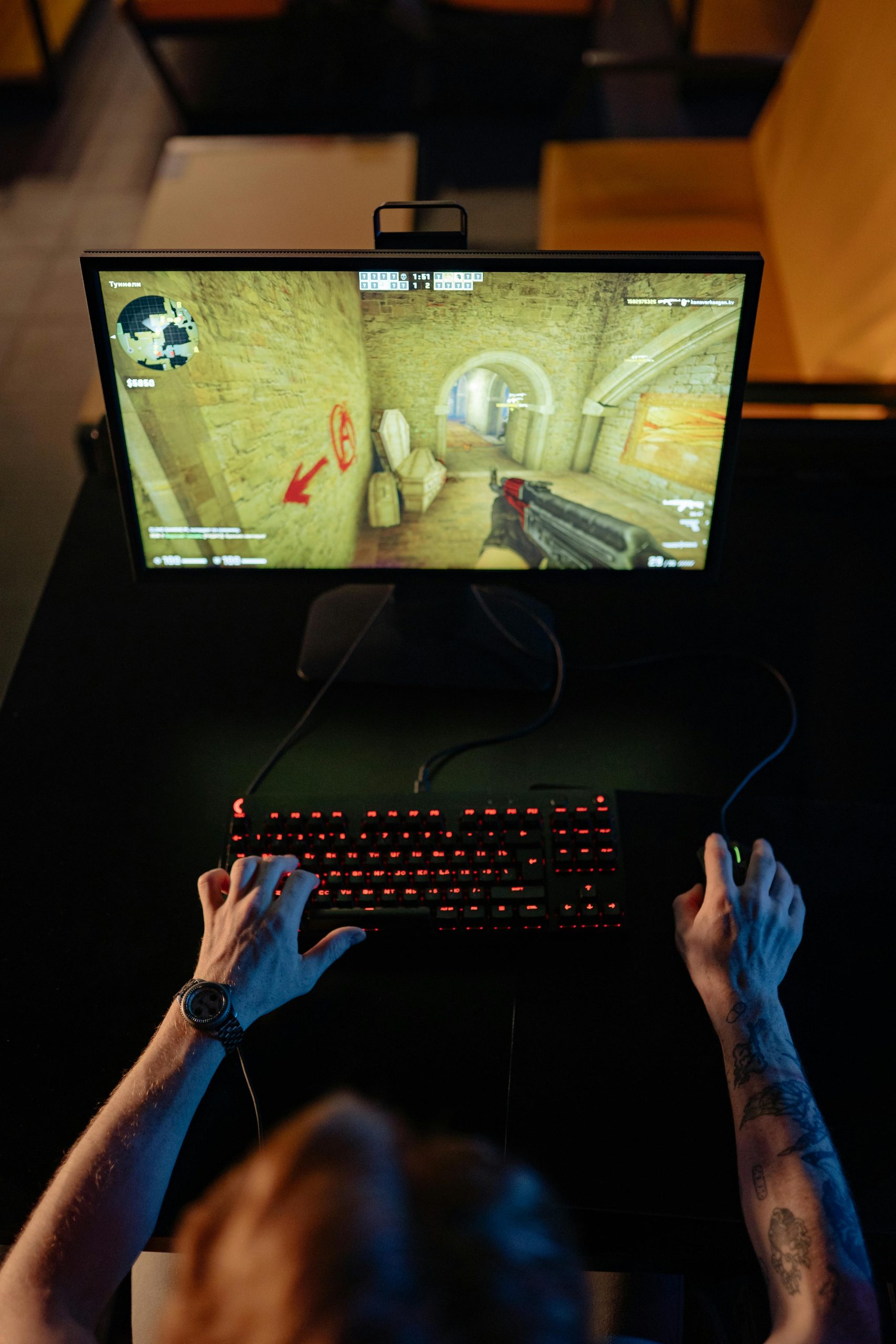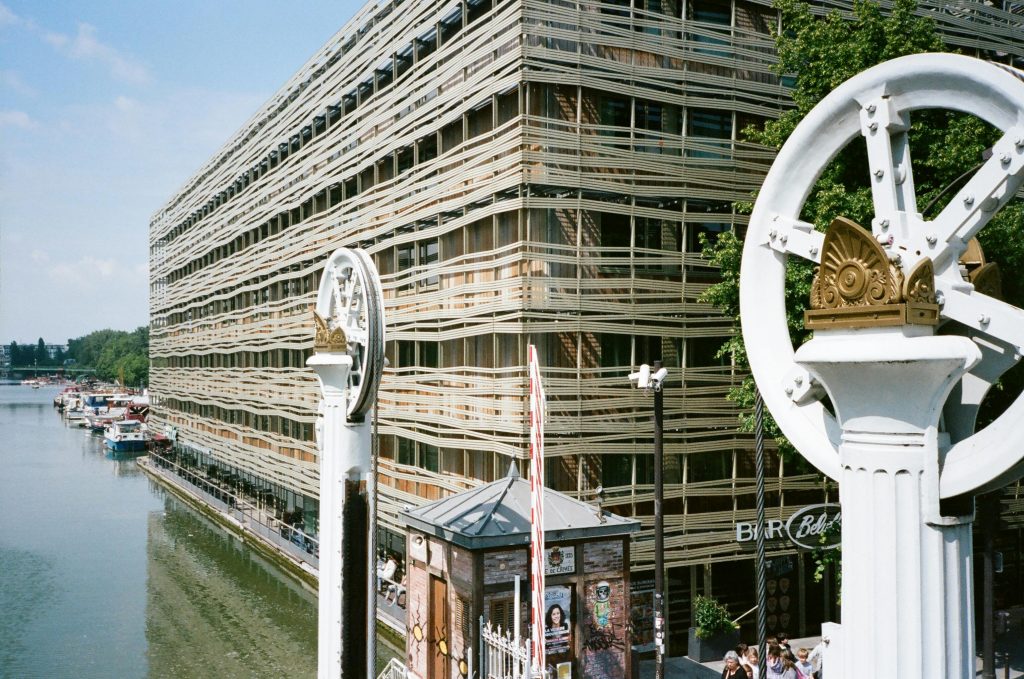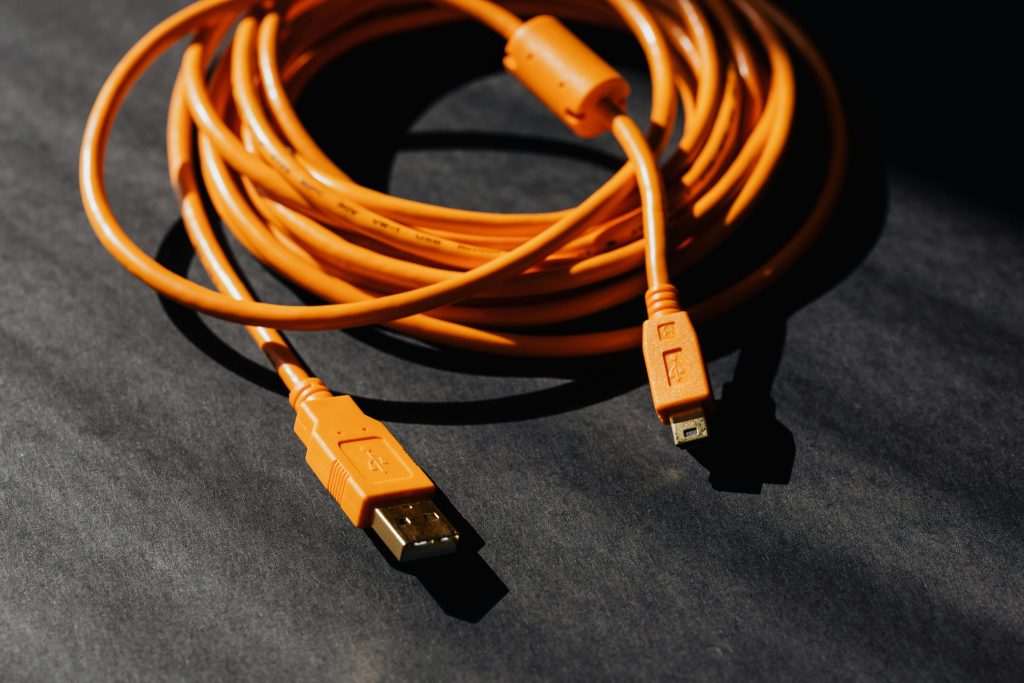Troubleshooting Sudden Low FPS in Gaming: A Guide to Resolving Performance Issues
If you’re experiencing a sudden drop in gaming performance despite having a capable PC, you’re not alone. Many gamers encounter scenarios where their games run smoothly at first but then unexpectedly lag with very low frame rates. Understanding what might cause this issue and how to troubleshoot it can help restore optimal performance.
Background and Common Causes
Often, persistent performance issues stem from system changes or hardware issues that go unnoticed. In some cases, attempts to modify system settings—such as undervolting the CPU—can lead to unintended consequences if not executed correctly. For example, adjusting BIOS settings without precise knowledge can impact system stability or performance.
In the scenario described, the user previously experienced high CPU temperatures at full load and attempted to undervolt via BIOS. When this didn’t succeed, it seemingly caused a side effect: every time a game is launched, FPS drops dramatically. Interestingly, using the NVIDIA GeForce Experience’s automatic performance adjustment temporarily restores performance, but the issue reappears after rebooting.
Possible Causes of Low FPS
- GPU Configuration Issues: Incorrect driver settings or corrupted driver states can result in reduced GPU performance.
- System Power Settings: Power saving modes or misconfigured power plans may limit hardware capabilities.
- Overheating or Thermal Throttling: Past CPU overheating might have destabilized thermal management, affecting overall system performance.
- Hardware Changes or Failures: Adjustments to BIOS settings or hardware components (like RAM or GPU) could influence stability.
- Driver or Software Conflicts: Outdated or conflicting drivers can reduce performance.
Step-by-Step Troubleshooting Strategy
- Reset BIOS Settings
- If you attempted BIOS modifications, consider restoring BIOS to default settings. This can resolve inadvertent misconfigurations affecting hardware performance.
- Update Graphics Card Drivers
- Download and install the latest GPU drivers from the official NVIDIA website. Use DDU (Display Driver Uninstaller) in safe mode to completely remove previous drivers before installation.
- Monitor System Temperatures and Throttling
- Use software like HWMonitor or MSI Afterburner to check CPU and GPU temperatures. Ensure cooling solutions are adequate and that thermal throttling isn’t occurring.
- Check Power Management Settings
- Set Windows Power Plan to “High Performance” to prevent the system from limiting hardware capacity.
5
Share this content:



